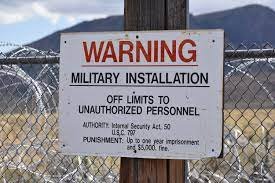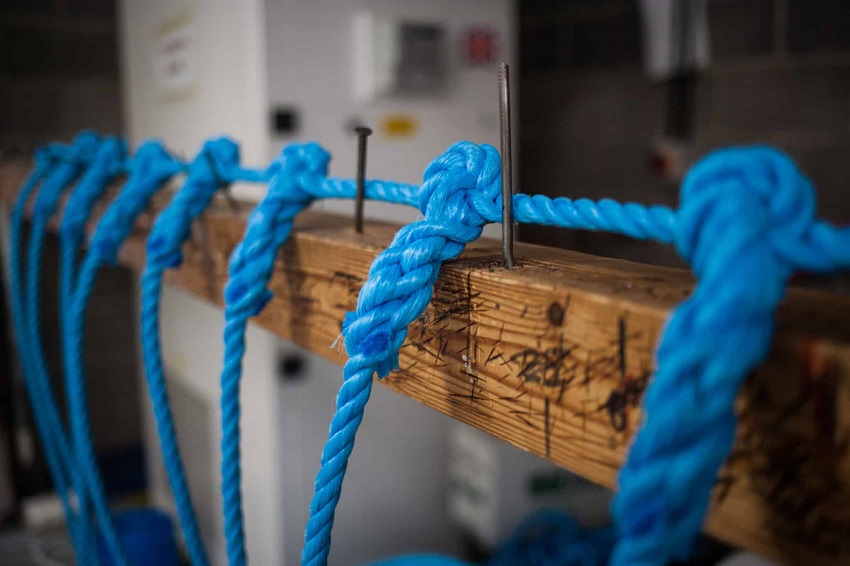Regularly servicing your car can be an expensive affair, but rather than letting your car go by unserviced, follow these steps to ensure your car is in good shape.

With drivers overspending by £90 on average per car, now is the perfect time to service your car at home.
1. Change the oil
The first step to changing your car’s oil is to drain it. This is found at the sump, placed at the bottom of your car’s engine. Firstly remove the plug, and use a tray to collect the drained oil. Most plugs have a washer, which guarantees a tight seal – you must replace this each time you take off the plug.
Once the majority of oil has gushed, remove the oil filter using a specific tool or screwdriver to then unscrew the filter. Ensure you dispose of the old oil and filter in an environmentally safe way, as it is against the law to pour it into a drainage system.
Ensure you have the correct tools for the job, sourcing a good silicone hose from silicone hose manufacturers and that you have somewhere decent to store it all using Garage Shelving from www.garage-shelving.co.uk.

2. Replace the filters
Replacing the in-line fuel filter is simple, and it’s located near the fuel tank underneath the car. Ensure you get the fuel direction right or the car may not run properly, and secure the fuel line using mechanical jubilee clips at the ends of the filter.
3. Change the spark plugs
Spark plugs are changed during car services, and it is vital to choose the correct one for the model and make of your car. Use a spark plug spanner and make sure to not over-tighten the plugs, as this could break them. Pay attention to the spark plug leads and ensure they are connected in the same order once you reconnect them.
4. Reassemble the parts
Replace the sump plug, washer and oil filter before refilling the engine with oil. Most cars need over four litres, and with different varieties of oil available, ensure you choose the right one for your car. Check the level using a dipstick regularly when filling the engine with oil, and make sure not to overfill. Run the engine for a few seconds before checking the oil level again, whilst also checking the levels of windscreen washer fluid, radiator reservoir and brake fluid.



